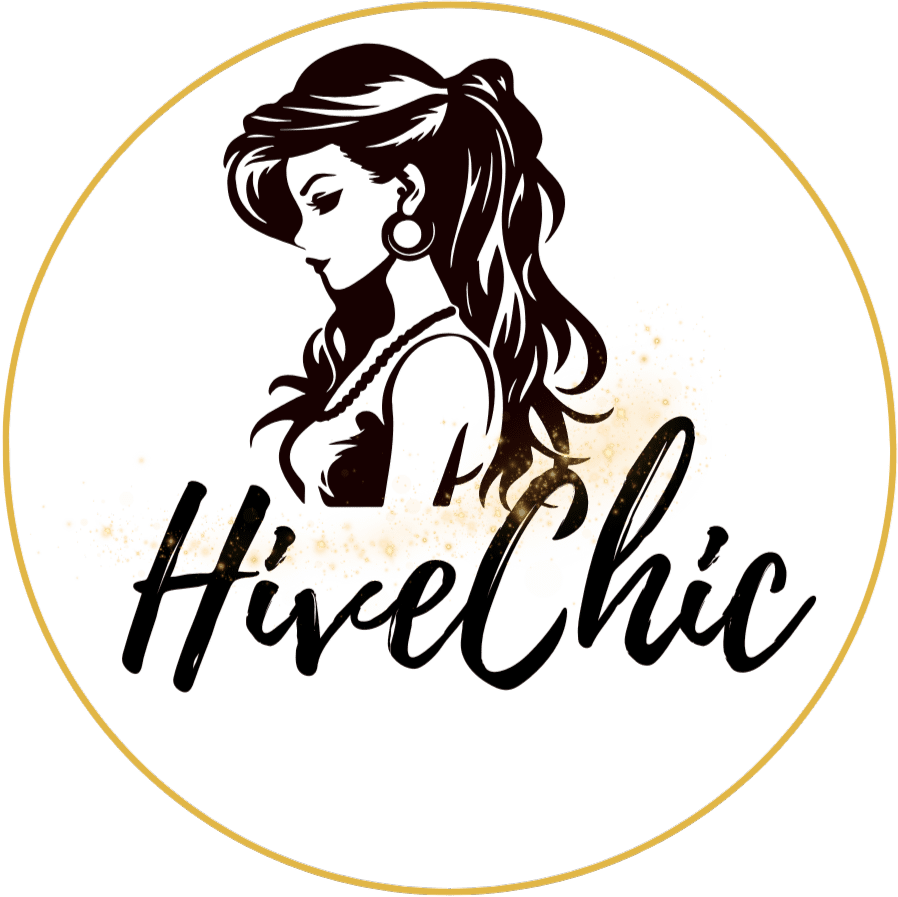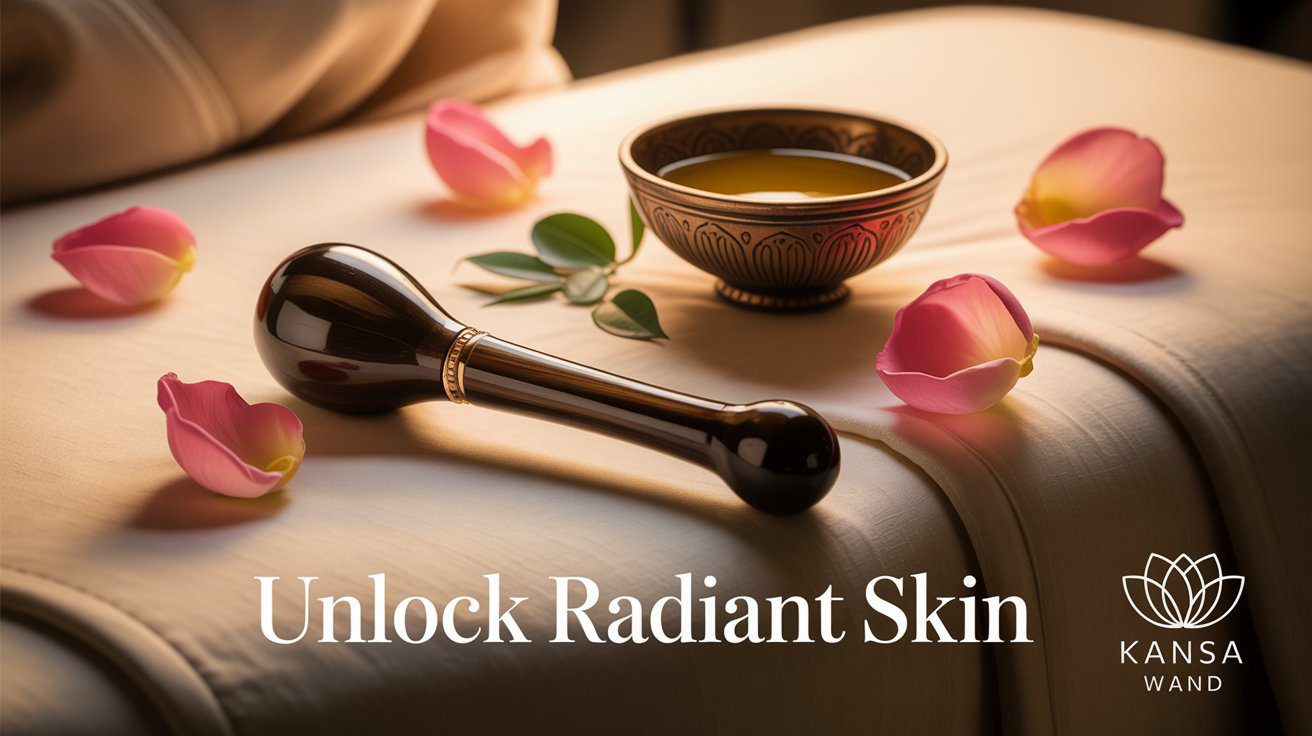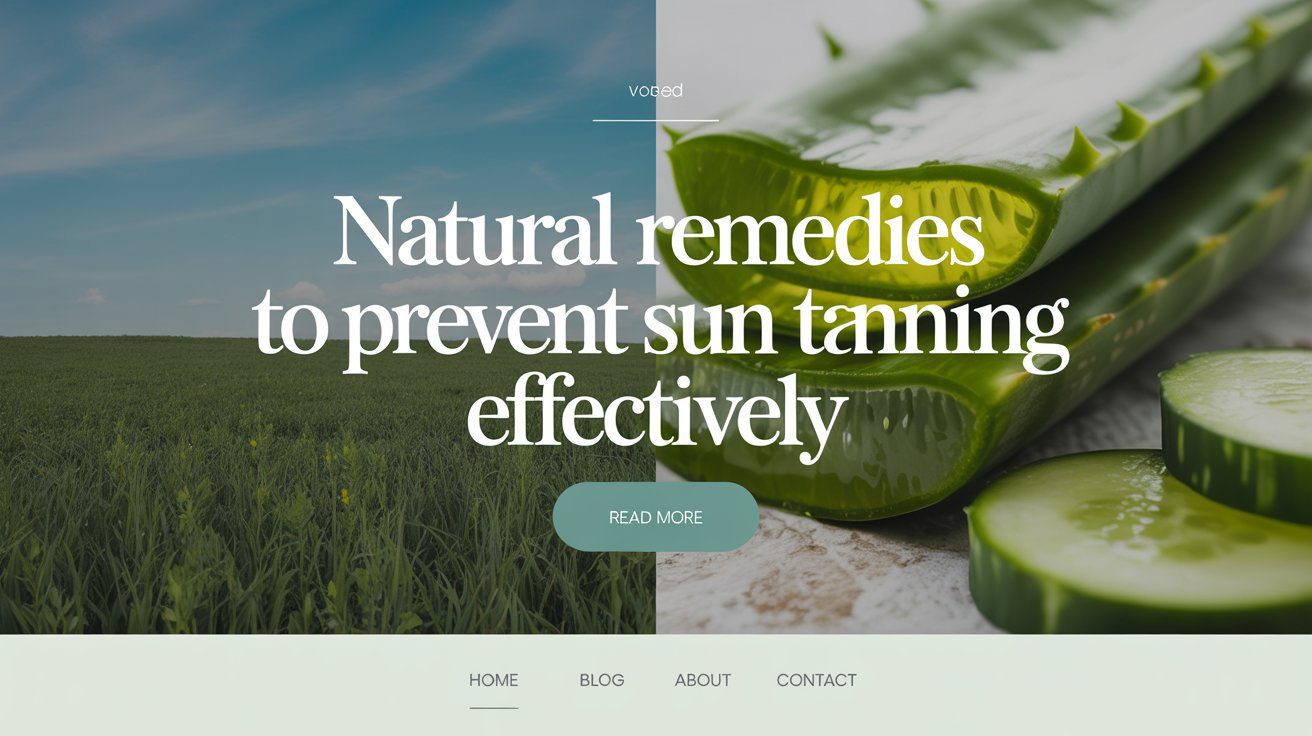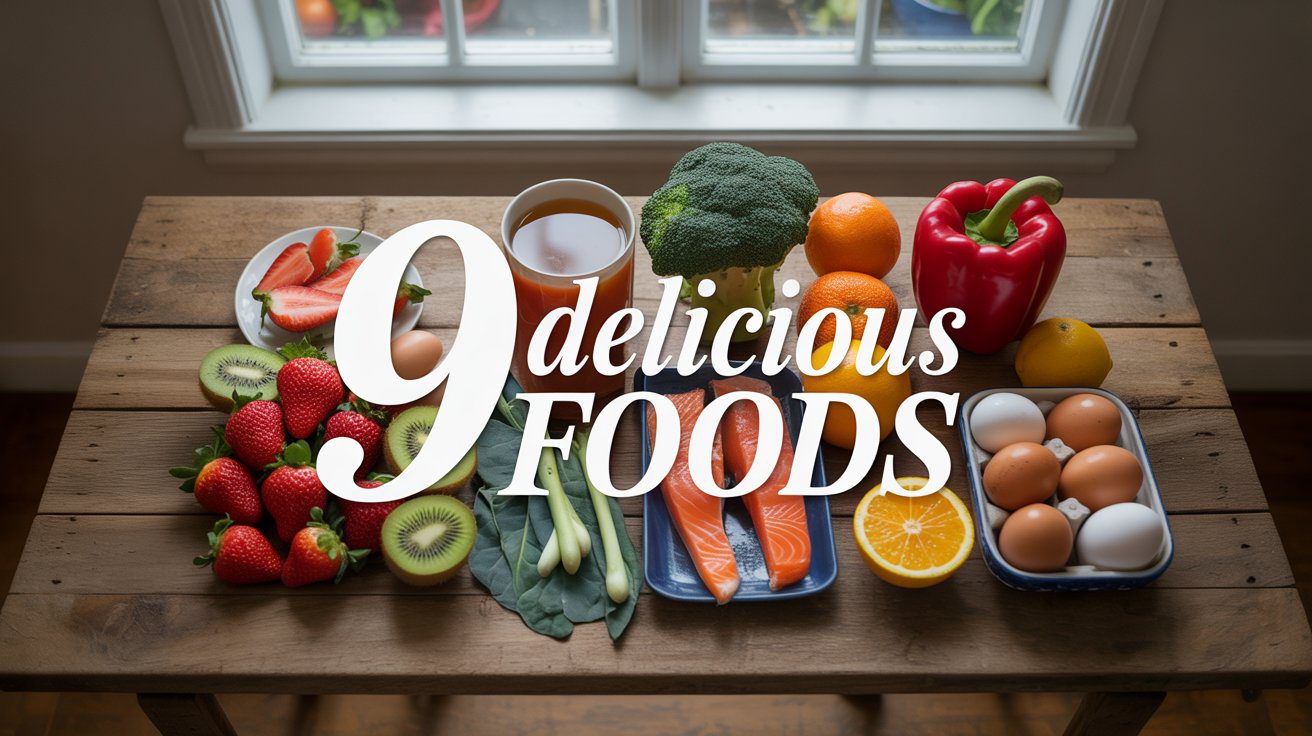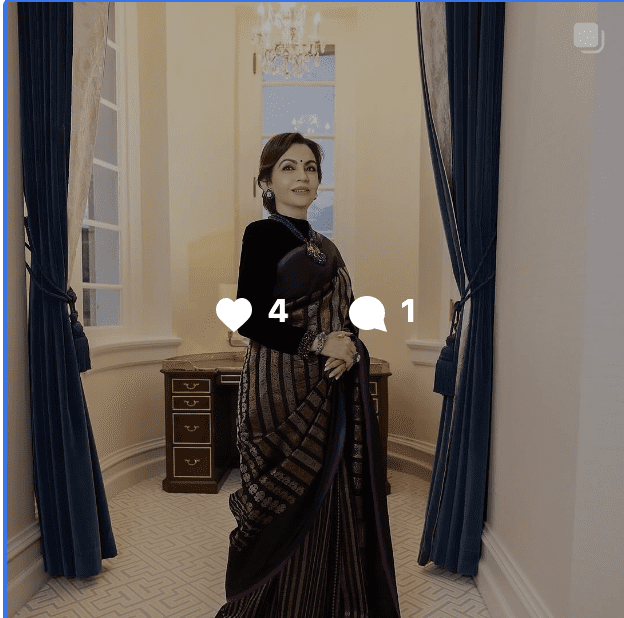Different Types of Sheer Fabrics: A Simple Guide for Beginners

Delicate Layers, Endless Possibilities: A Sheer Fabric Guide for Every Style at HiveChic!
Welcome to HiveChic, your ultimate style hive buzzing with the latest trends, expert insights, and timeless elegance. Today, we’re diving into the captivating world of sheer fabric the airy, translucent marvels that have long mesmerised fashion lovers and creatives alike.
Whether you’re envisioning a delicate bridal veil, a flouncy tulle skirt, or a chic layering piece, understanding the nuances of sheer fabric types and net fabrics is your first step towards crafting unforgettable looks.
At HiveChic, we believe style isn’t just what you wear it’s how you express yourself through fabric, texture, and flow. Let’s unravel the delicate threads of net fabrics and discover the magic that lies behind their sheer beauty.
Let’s get started…
What Is Sheer Fabric?
In simple words, sheer fabric is a weightless, transparent or semi-transparent cloth that enables the visualisation of light and figures through the partial visibility. It is typified by an open weave/knit design that provides a fine, light texture. A majority of net fabrics are simple representatives of sheer-making fabrics, open holes in geometric shapes (hexagons, diamonds, squares, etc.), resulting in transparency.
Sheerness can vary as per yarn type, size of hole or the weaving method. Some of the common fibres are silk, nylon, polyester, rayon, acetate, cotton, among others, giving each type of sheer fabric its own look and feel. As an example, the silk sheer material is very soft and delicate, whereas nylon net is a bit stiff but very wearable.
Several consumers tend to confuse sheer material with mesh. Though these two are very similar, the main difference between sheer vs mesh fabrics is their use and how they are made. Transparency is highlighted in sheer fabric usually used by fashion, whereas mesh is considered to be a dense fabric usually in sportswear or utility.
Popular Types of Sheer Fabric
ALt Text: Types of sheer fabric: chiffon, organza, tulle, voile, georgette, lace, mesh.
Trying to get acquainted with the vast world of types of sheer fabric, it is essential to understand that the diversity of textures and applications offers. Among the most common sheer material are:
- Chiffon: Fantastic lightweight and airy, but with slightly rough texture, ideal to be used in evening dresses and scarves.
- Organza: Stiff and translucent (though it takes shape well), organza is good to create the form in the wedding dresses and formal dresses.
- Tulle: A fine net produced to make bride veils and tutus.
- Georgette: A semi sheer type of textile of grainy texture and worn as flowing dress and also ethnic wears.
- Voile: A translucent, airy cotton material that is an ideal choice of cloth in summer garments, and curtains.
- Lace: ornamental and classy lattices, perfect to use in lingerie and weddings.
- Mesh and Netting: Light-weight and athletic sheer fabrics suitable in sportswear and costume attire.
Different types of fabrics will have specific qualities about their weight, drape, and transparency and will assist you in selecting the best fabrics to use in your project or clothing.
How Net Fabrics Are Made and Their Sheerness Levels?
Open mesh structures are produced in net fabrics from yarns that are woven or knitted. The most popular types of construction are Tricot, Raschel and Bobbinet knitting, which determine hole selection and fabric texture. Holes can be as tiny hexagons or statement-diamonds, affecting their sheerness or the hole’s work.
The choice of fibre impacts softness, weight, and durability. For example:
- Silk net fabric is soft and fine, imparting luxurious sheerness.
- Nylon provides resilience and slight stiffness.
- Polyester varies from coarse to soft, balancing durability and lightness.
Finishes like starch or resin are often applied to alter stiffness and appearance.
Popular Types of Net Fabrics & Their Sheer Qualities
Below is an overview of popular net fabrics, focusing on their transparency and typical uses:
| Net Fabric Type | Mesh Pattern | Sheerness Level | Common Uses |
| Tulle | Fine hexagonal | Highly sheer | Bridal veils, tutus, overlays |
| Bobbinet | Hexagonal | Sheer | Veils, costumes, theatre wear |
| Fishnet | Large diamonds | Moderately sheer | Hosiery, bodysuits |
| Maline | Delicate diamonds | Highly sheer | Millinery, trims |
| French Net | Large diamonds | Sheer | Birdcage veils |
| Russian Netting | Extra-large diamonds | Sheer | Millinery |
| Crinoline | Dense mesh | Slightly sheer | Petticoats, structured skirts |
| Power Mesh | Fine, stretchy | Moderately sheer | Sportswear, lingerie |
| Point d’esprit | Dotted mesh | Sheer | Bridal wear, accessories |
Tulle: One of the best sheer fabric types is tulle, which has a very fine and soft texture as well as hexagonal holes that are small. Tulle of the finest quality is made of silk, where fibres are given preference due to their suppleness and near airiness, which is ideal in bridal overlap and ruffles. It is usually used instead of other lightweight transparent materials such as organza or chiffon when one wants bulk but not bulkiness.
Bobbinet: Bobbinet is hexagonal in meshes also, but is stronger and is employed in bridal illusions and theatrical costumes. Fishnet, once a rough net that uses diamond-shaped holes, has been used more fashion-forwardly, like in hosiery and more provocative bodywear, resulting in moderate sheerness, but a big all-over look.
Maline and French: Maline and French Net provide delicate diamond-shaped holes but vary in coarseness; French Net is coarser and commonly used for birdcage veils in bridal fashion.
Crinoline: Crinoline netting is denser and slightly sheer, providing structure in underskirts and petticoats to give gowns volume without heaviness.
Sheer Fabric vs Mesh Fabric: Key Differences
At first glance, sheer fabric and mesh might seem interchangeable, but they differ in design and function:
- Sheer fabric prioritises delicacy, lightness, and transparency for fashion and elegant décor.
- Mesh fabric is often sturdier, used in sportswear, and utility items requiring durability and stretch.
Learning about sheer vs mesh may assist you in selecting the appropriate textile to be used in your project, such as lightweight sheer fabric garments that are appropriate in special events like wedding attire or soft coverings as a mesh material commonly utilised in activewear clothing or protective covers.
How to Choose the Right Sheer Fabric for Your Project?
Ait Text: Infographic showing how to choose the right sheer fabric with visuals of organza, chiffon, voile, and net fabrics.
When choosing between sheer fabric types: voile, organza, chiffon or net fabric – consider:
- Drape and stiffness: Pick organza to feel fabricate, chiffon or voile to feel free. Organza vs Chiffon will be useful when you want fabric that maintains a shape, and fabric that is flowy. On the same note, voile vs chiffon is explored to choose between light crispiness and ultra-softness.
- Fibre Content: Silk organza is rich and shines; polyester ones are affordable. The nylon netting is strong, and the cotton net is natural and airy. Acquaint yourself with what is organza fabric and what chiffon fabric is to learn fibre properties and applications.
- Sheerness needed: The yarn should be thinner, and the holes smaller in a fabric to create a sheer one.
- Use: Bridal overlays, tutus and veils are made out of thinner sheers, whereas sportswear uses more stretchy power mesh material.
Align your fabric choice with the season and 10 Chic Spring Fashion Trends to Inspire Your Look in 2025 to stay stylish and relevant.
Understanding the Types of Organza Fabric
Organza is a standout sheer fabric prized for its crispness and lightweight structure. When considering the types of organza fabric, you will typically find:
- Silk Organza: The very first and most exquisite type that is characterized by the natural shine and lightweight touch.
- Polyester Organza: It is of a lower cost yet more sturdy, it is quite common in fashion with its use in structured garments.
- Nylon Organza: A little more stiff, and commonly employed in millinery and costume design.
- Rayon Organza: It is not only soft but a little shiny which works best when used in delicate layering and evening outfits.
Every kind of organza material is different in texture, stiffness, and luster, but it enables designers to make such costumes as voluminous dresses and thin sleeves.
Styling Ideas for Sheer Fabric Clothes and Net Fabrics
Sheer fabric clothes are rather romantic, elegant, and trendy. Layering sheer netting with solid textiles adds depth and appeal. For example:
- Using tulle overlays on bridal wear makes them airy and cumbersome.
- Organza blouses or sleeves or chiffon against flowy, ethereal lines- Get the idea of organza vs chiffon to understand how to use.
- Voile can be light or used as a dupatta/scarf, and to provide contrast in texture, voile fabric can be combined with chiffon.
Pair sheer fabrics with embroidery or embellishments for a fashion-forward look. Explore timeless beauty secrets alongside your stylish ensembles with 9 Effective Ancient Beauty Secrets for Modern Beauty Challenges.
Care and Maintenance Tips for Sheer Net Fabrics
To have your sheer fabric clothes spotless:
- Wash by hand or machine with fine cycle and soft detergent.
- Wringing is not permissible: water must be pressed out.
- Ironing on low heat or steam, and never having direct heat on nylon or polyester, will help eliminate wrinkles.
- Store flat or hang well with care to avoid snagging.
Preserving delicate fabrics ties into broader Wellness & Self-care habits, prolonging the beauty and life of your wardrobe.
Conclusion
The realm of sheer fabric in the net textiles dimensions is endless and they can range over the bridal fashion, daytime layering and new age DIY projects. When you know the various makes of net fabric, such as the wimpy softness of a tulle or the rigid yet graceful organza, you will be sure to pick and dress the fabric in a manner that portrays your own individuality and is updating the same with changing Fashion Trends. This is a fine line of textile that you can incorporate in your wardrobe and creativity.
Did you realize that worldwide netted fabrics market estimation was approximately 315 million USD in 2024 and is anticipated to climb to nearly 472M USD towards 2033 at a consistent pace of approximately 4.58% each year?
This is fueled by the increase in demand of breathable, trendy material in the fashion, athleisure as well as the sustainable textiles (source). Nettings such as tulle and organza are also always in style and particularly graceful in bridal and high-fashion clothing, further attesting to their timeless possibility.
Such numbers demonstrate that although sheer fabrics are light and very delicate, their presence in the world fashion and textile industries is strong and continues to prosper.
HiveChic: CHIC. BOLD. TIMELESS
HiveChic is the place where Fashion Trends, Lifestyle Tips, Beauty Advice, Celebrity News, Sustainable Fashion, Wellness and Self-care, and detailed Styles Guides are covered. Our professional experience and new concepts will help you to be chic and purposeful in your everyday life.
Visit HiveChic and remain beautiful both internally and externally!
Frequently Asked Questions
1. What is sheer fabric, and what makes net fabric sheer?
Sheer fabric is a thin cloth with the ability to lit a light to pass through the material; hence making it passable. The open mesh-like nature of net fabrics makes them sheer, which gives them a visibility effect.
2. What are the most common types of sheer fabric?
The chiffon, organza, tulle, voile, georgette and lace are some of the popular types of sheer fabric. Sheer and versatile fabrics especially the net fabrics (tulle and bobbinest) are well known to be very shear.
3. What’s the difference between organza and chiffon?
Organza vs chiffon: Organza is stiff and structured and holds its form and it is very good used for over layers and formal dresses. Chiffon is smooth, streamlined and flows incredibly nicely, perfect for flowery dresses and tops.
4. What are the main types of organza fabric?
Silk organza (luxurious, soft)Polyester organza (more affordable, long-wearing)Nylon organza (stiffer, costumes and millinery) Organza nylonisme main types of organza fabric can be classified as silk organza, more expensive and more gentle, polyester organza, cheaper and more durable, and nylon organza, stiffer and commonly used to make costumes and millinery.
5. How does sheer fabric compare to mesh?
Sheer vs mesh: The biggest difference here is that though both are transparent, sheer is usually used for a touch of elegance or as a layering piece in fashion and mesh is for sportswear and accessories.
6. Is all net fabric suitable for making clothes?
Most net fabrics are designed for apparel and accessories, but their suitability depends on softness, stiffness, and use. For instance, power mesh works well for lingerie, while tulle is great for skirts and veils.
7. Can I dye or embellish sheer fabric?
Yes, most sheer fabric types can be dyed or embellished, though delicate handling is required. Silk, nylon, and cotton nets accept dye well; synthetic varieties may require special fabric dyes.
8. What’s the best way to care for clothes made from net or sheer fabric?
Hand-wash or use a delicate cycle with mild detergent. Air dry flat and store garments carefully to avoid snags and tears.
9. Where are sheer and net fabrics commonly used?
They are used in bridalwear, evening gowns, layering pieces, sarees, dupattas, formal skirts, curtains, and even trendy streetwear.
10. Are sheer fabrics a trend in 2025?
Absolutely. Sheer fabric clothes remain a major trend in 2025, often seen in layered looks, overlays, and modern bridal styles proving that sheer elegance is always in fashion.
